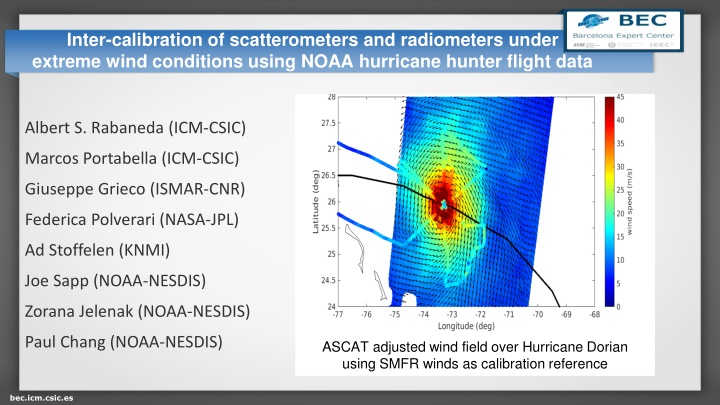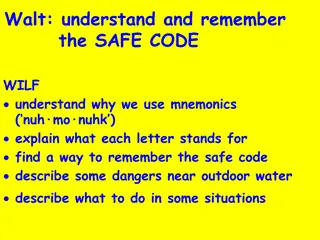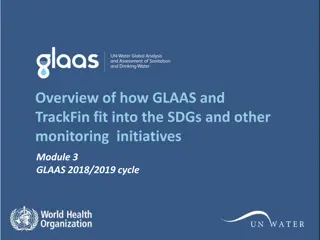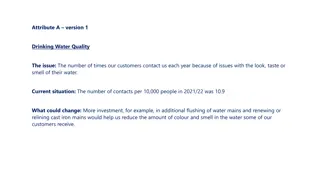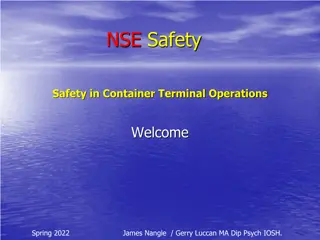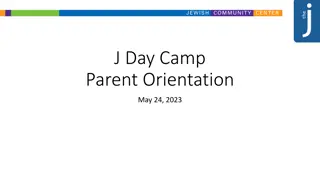Water Safety Tips for a Refreshing Swim Stay Safe & Informed
Switzerland offers a paradise for water lovers with pools, lakes, and rivers. However, dangers such as overconfidence, insufficient swimming skills, alcohol consumption, and cold currents exist. Key tips include using buoyancy aids, never swimming alone, supervising children closely, and avoiding alcohol and drugs near water bodies for a safe experience.
Download Presentation

Please find below an Image/Link to download the presentation.
The content on the website is provided AS IS for your information and personal use only. It may not be sold, licensed, or shared on other websites without obtaining consent from the author.If you encounter any issues during the download, it is possible that the publisher has removed the file from their server.
You are allowed to download the files provided on this website for personal or commercial use, subject to the condition that they are used lawfully. All files are the property of their respective owners.
The content on the website is provided AS IS for your information and personal use only. It may not be sold, licensed, or shared on other websites without obtaining consent from the author.
E N D
Presentation Transcript
Inter-calibration of scatterometers and radiometers under extreme wind conditions using NOAA hurricane hunter flight data Albert S. Rabaneda (ICM-CSIC) Marcos Portabella (ICM-CSIC) Giuseppe Grieco (ISMAR-CNR) Federica Polverari (NASA-JPL) Ad Stoffelen (KNMI) Joe Sapp (NOAA-NESDIS) Zorana Jelenak (NOAA-NESDIS) Paul Chang (NOAA-NESDIS) ASCAT operational wind field over Hurricane Dorian using buoy winds as calibration reference using SMFR winds as calibration reference ASCAT adjusted wind field over Hurricane Dorian bec.icm.csic.es
C-band scatterometer extreme wind adjustment Original ASCAT winds Adjusted ASCAT winds Adjusted ASCATs consistent with SFMR (as expected) bec.icm.csic.es
ESA MAXSS project (WP2100) Aim: To adjust radiometers & scatterometers high & extreme winds using SFMR (2010-2020) OSI SAF: ASCAT-A, -B & -C, Rapidscat, OSCAT, OSCAT2, HY-2A & -2B REMSS: Windsat (v7), AMSR-2 (v8), SMAP (v1) Ifremer: SMOS (v2) Assess spatial representativeness Look for suitable SFMR upscaling for each SCAT & RAD Analyse QC effects Assess SFMR calibration Ensure inter-calibration among all satellite systems bec.icm.csic.es 3
SFMR upscaling effects SFMR upscaling effects at SFMR 1-sec sampling SFMR upscaling effects at 12.5 km sampling SFMR upscaling effects are significantly smaller at 12.5-km (ASCAT-A) sampling bec.icm.csic.es
Ku-band QC effects KNMI_QC Rain contamination filtered out by KNMI_QC; but then, only few extreme wind points left bec.icm.csic.es
SFMR calibration effects SFMR calibration variations of up to 2 m/s between the range 15-30 m/s bec.icm.csic.es
Radiometer extreme wind adjustment ASCAT-A original winds ASCAT-A original winds REMSS AMSR2 v8 AW winds ASCAT-A & AMSR2 winds inconsistent in the range 10-15 m/s when collocated with SFMR (2012-2020) AMSR-2 wind retrieval issues under TC conditions? bec.icm.csic.es
Radiometer extreme wind adjustment ASCAT-A & AMSR2 winds mostly consistent in the range 10-15 m/s when directly collocated (max. of 3-hour distance) bec.icm.csic.es
Conclusions SFMR-based adjustment of scatterometers & radiometers SFMR spatial representativeness effects less pronounced due to sparse satellite sub- sampling (few eyewall hits ) Ku-band scatterometer winds strongly affected by rain near the eyewall Significant SFMR calibration variations over time (up to 2 m/s differences) A mean SFMR calibration is assumed by adjusting all ASCATs at once SFMR-based Ku-band adjustment leads to poor C-/Ku-band wind inter-calibration ASCAT adjusted winds used as reference to adjust Ku-band winds ASCAT adjusted & SFMR winds used to adjust REMSS radiometer (AMSR-2, Windsat, SMAP) & Ifremer SMOS wind products AMSR-2 & Windsat winds in the range 10-20 m/s show poor performance under TC conditions bec.icm.csic.es
Scatterometer data availability (2010-2020) Scatterometer systems FORMAT PERIOD SOURCE FREQUENCY ASCAT-A BUFR/NetCDF Full period OSI SAF C-band ASCAT-B BUFR/NetCDF 11/2012 12/2020 OSI SAF C-band ASCAT-C BUFR/NetCDF 01/2019 12/2020 OSI SAF C-band OceanSat-2 BUFR/NetCDF 01/2010 - 02/2014 OSI SAF Ku-band RapidScat BUFR/NetCDF 11/2014 - 08/2016 OSI SAF Ku-band Scatsat-1 BUFR/NetCDF 01/2017 12/2020 OSI SAF Ku-band HY-2A BUFR/NetCDF 06/2012 - 04/2015 OSI SAF Ku-band HY-2B BUFR/NetCDF 01/2019 12/2020 OSI SAF Ku-band BUFR/NetCDF 11/2020 12/2020 OSI SAF Ku-band HY-2C BUFR/NetCDF 01/2019 12/2020 OSI SAF Ku-band CFOSAT bec.icm.csic.es
Radiometer data availability (2010-2020) Radiometers FORMAT PERIOD SOURCE FREQUENCY SMOS NetCDF-4 Full period IFREMER L-band SMAP Bytemap 04/2015 12/2020 REMSS L-band WindSat Bytemap 01/2010 10/2020 REMSS Channels (GHz): 6.8; 10.7; 18.7; 23.8; 37.0 AMSR2 Bytemap 07/2012 12/2020 REMSS Channels (GHz): 6.93; 7.3; 10.65; 18.7; 23.8; 36.5; 89.0 SSMI / SSMIS Bytemap Full period REMSS Channels (GHz): 19.35; 23.235; 37.0; 85.5 GMI Bytemap 03/2014 12/2020 REMSS Channels (GHz): 10.65; 18.7; 23.8; 36.5; 89.0; 165.5; 183.31 TMI Bytemap 01/2010 12/2014 REMSS Channels (GHz): 10.65; 19.35; 21.3; 37.0; 85.5 AMSRE Bytemap 01/2010 - 10/2011 REMSS Channels (GHz): 6.93; 10.65; 18.7; 23.8; 36.5; 89.0 bec.icm.csic.es
